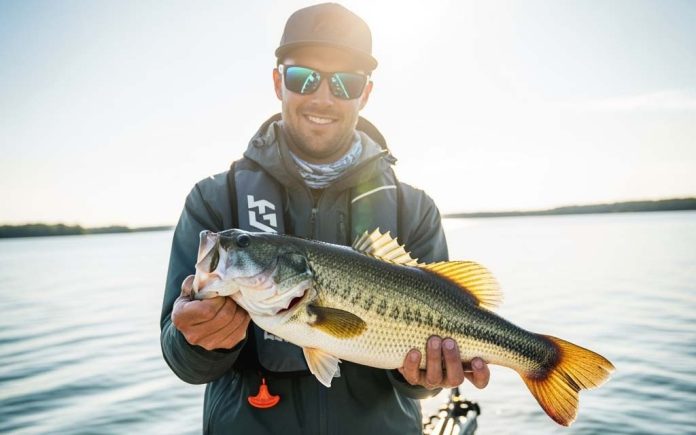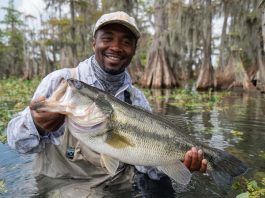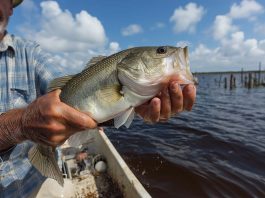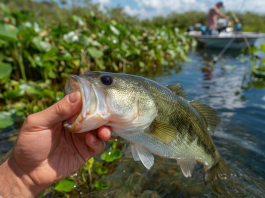Florida boasts some of the best largemouth bass fishing in the country, but navigating the regulations can feel like a battle with a legendary lunker. Don’t let confusion reel you in! This guide simplifies Florida’s bass fishing rules so you can focus on the fun.
Understanding the Basics: Size and Bag Limits for Florida Largemouth Bass
Alright, fellow weekend warriors, let’s get down to brass tacks. Florida’s statewide largemouth bass regulations are designed to protect our bass population and ensure quality fishing for generations to come. Generally, the statewide bag limit is five bass per angler per day. However, only one of those bass can be over 16 inches. That means four of your five bass need to be under 16 inches. Think of it this way: you can keep one trophy and a few for the skillet. Measuring your catch accurately is crucial, so keep a reliable ruler handy. Nothing ruins a good fishing trip faster than an unexpected run-in with the FWC.
Largemouth Bass Florida Regulations: Regional Variations: Navigating Specific Rules for Different Lakes and Zones (e.g., Lake Okeechobee)
While the statewide regulations provide a solid foundation, certain water bodies have specific rules that supersede the general guidelines. For example, Lake Okeechobee, a famed bass fishing haven, has its own set of regulations. Always check the specific rules for the water body you plan to fish. These variations can include different size limits, bag limits, or even closed seasons. It’s like checking the weather before heading out – you wouldn’t want to be caught in a downpour without your rain gear, and you don’t want to be caught breaking fishing regulations unprepared.
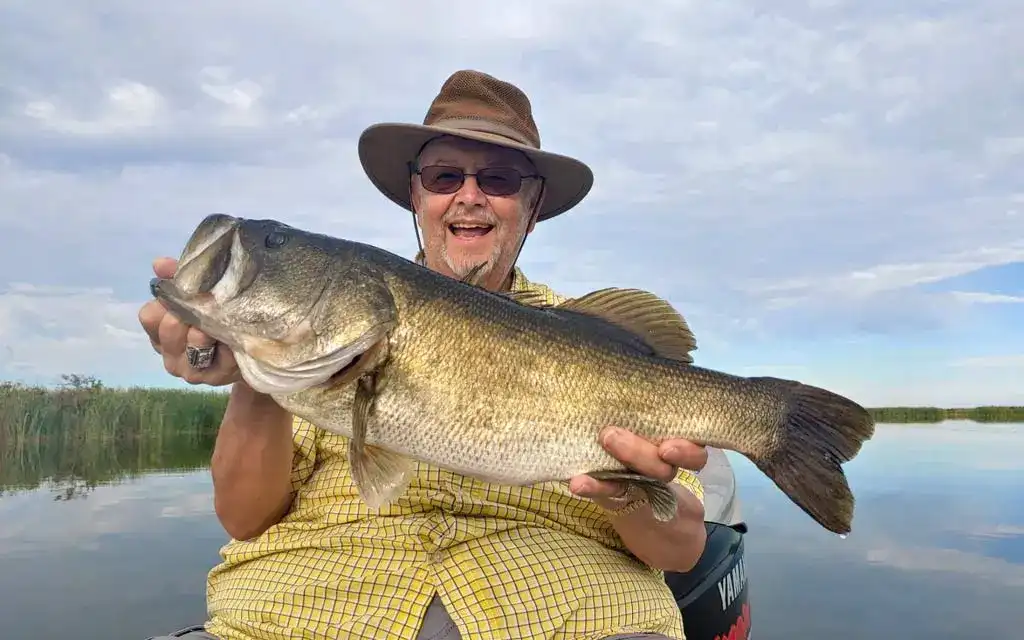
Ultimate Guide to Bass Fishing on Lake Tarpon, Florida provides another example of regional variations, showing the importance of checking localized regulations.
Staying Up-to-Date: Tips for Tracking Regulation Changes and Avoiding Fines
Florida’s largemouth bass regulations can change, so staying informed is key to staying legal. The Florida Fish and Wildlife Conservation Commission (FWC) is your go-to source for up-to-date information. Subscribe to their email alerts, check their website regularly, and download their Fish Rules app. It’s like having a fishing buddy who always knows the latest regulations. This proactive approach will help you avoid hefty fines and ensure you’re fishing responsibly. Remember, ignorance of the law is no excuse! The FWC website is a valuable resource for staying up-to-date with current largemouth bass Florida regulations: [Florida Fish and Wildlife Conservation Commission](https://myfwc.com/).
Common Misconceptions and FAQs About Florida Bass Regulations
There’s a lot of chatter around the fishing dock, and not all of it is accurate. One common misconception is that all bass over 16 inches must be released. This is not true statewide. While some specific areas may have this rule, the general regulation allows one bass over 16 inches in your five-fish bag limit. Another common question is whether catch and release is always allowed. While generally encouraged, some areas might have restrictions during specific seasons or for certain species. Always double-check the regulations for your chosen fishing spot.
Resources and Tools: Where to Find Official Information and Local Expertise
Beyond the FWC website and app, there are other great resources for understanding largemouth bass Florida regulations. Local bait and tackle shops are goldmines of information. Chatting with the folks behind the counter can provide valuable insights into local regulations and hotspots. They often have printed copies of regulations and are happy to answer your questions. Don’t underestimate the power of local knowledge! You can also connect with local fishing clubs and online forums. These communities are filled with passionate anglers who are eager to share their knowledge and experiences. The FishSmart app offers another excellent way to access up-to-date regulations and other useful fishing information.
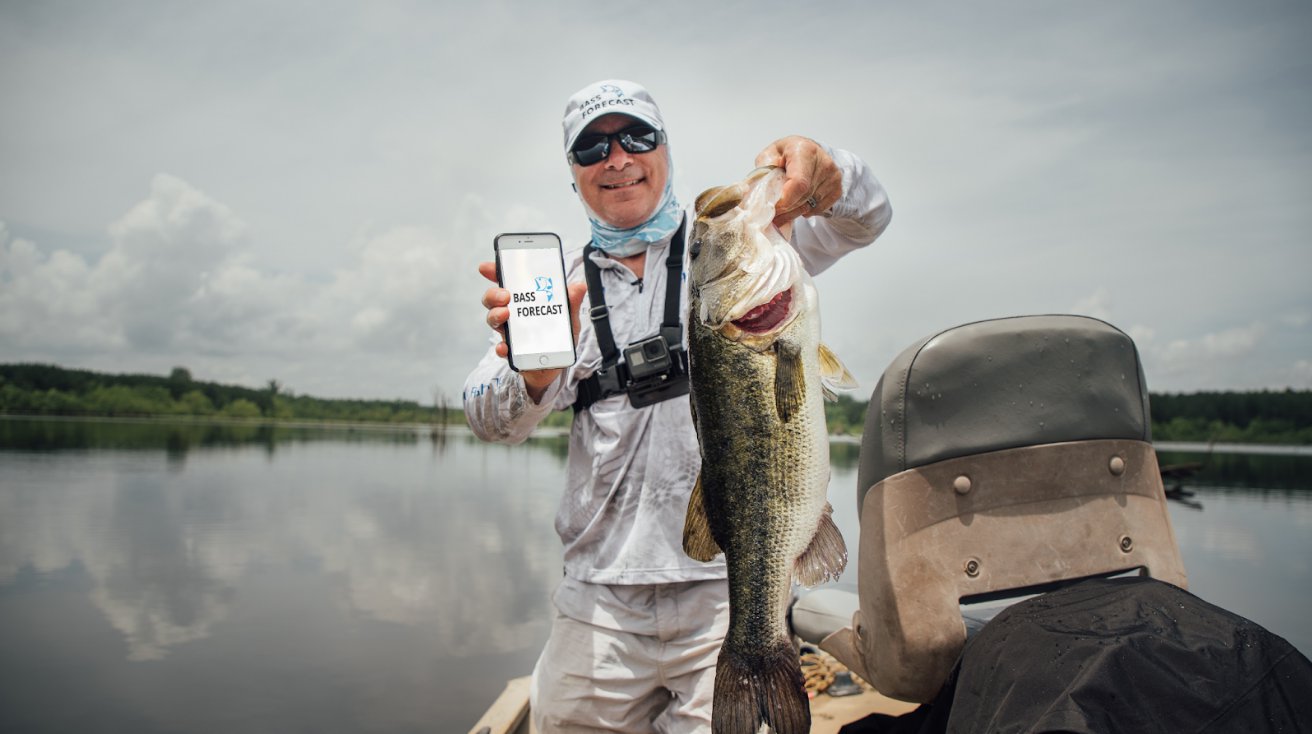
For those interested in a different kind of challenge, check out Peacock Bass Fishing in Florida: Where the Big Ones Bite (A Classic Guide) for exciting fishing opportunities beyond largemouth bass.
By understanding the regulations and using the available resources, you can enjoy Florida’s fantastic largemouth bass fishing while staying on the right side of the law. Now get out there and land that lunker!
Weather Impact Analysis
The weather data suggests generally stable atmospheric pressure around 1017-1019 hPa, with minimal fluctuations. While significant pressure changes can trigger feeding activity in bass, the relatively stable pressure here likely won’t have a major positive or negative impact. They may be less active than during a period of falling pressure. The wind forecast shows a moderate average speed of 4.4 mph, gusting up to 10.6 mph. This wind level is generally favorable for bass fishing, creating ripples and chop on the surface that can break up the sunlight and provide cover for bass to ambush prey. The wind can also concentrate baitfish, making it easier for bass to locate food.
The data indicates no precipitation is expected. While rain can sometimes stimulate bass activity, the absence of rain combined with the fair cloud cover (averaging 68%) and warm temperatures (averaging 26.9°C) suggests conditions conducive to normal bass behavior. They’ll likely be seeking shade during the hottest parts of the day, making areas with cover like submerged vegetation, docks, or overhanging trees good targets. The lack of rain also means water clarity should be good, potentially allowing for sight fishing opportunities.
